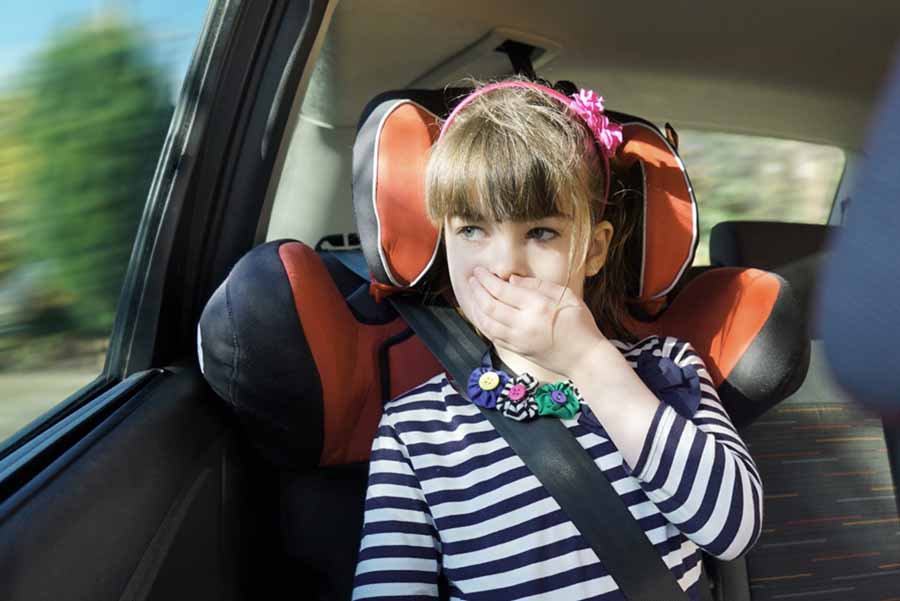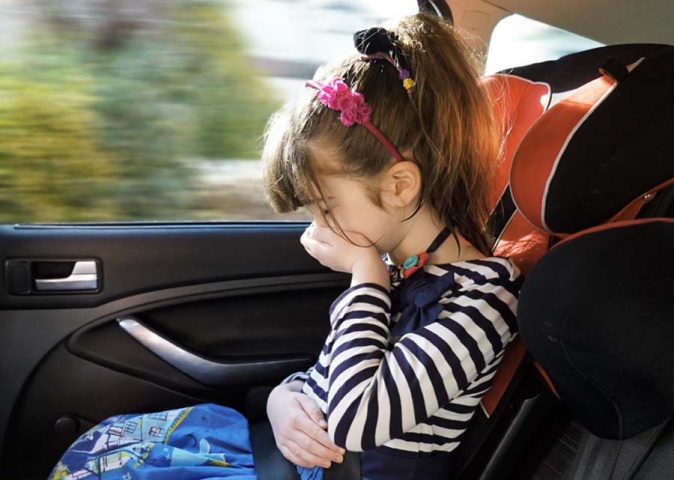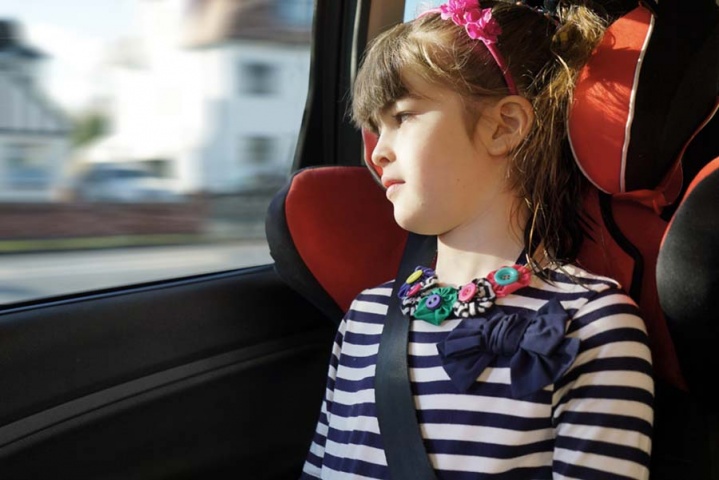What's the news?
Many of us will be hitting the road this weekend, as the Easter bank holiday rolls around once again. Unfortunately, travel sickness is part and parcel of trips for lots of people, and two out of three of us have experienced car sickness in some capacity, with one in three unfortunately having gone through the ignominy of vomiting as a result.
For parents of young children, the thought of a journey punctuated with regular stops to clean up puking sprogs is the stuff of nightmares. However, help is on the horizon, as Ford has undertaken research with experts to try and resolve this major issue.
"Car sickness can turn an eagerly awaited family trip into a nightmare, with mum and dad nervously looking over their shoulders and fearing the worst. Comfort is a huge focus for the way we design the cars of the future - and we want to do everything we can to reduce car sickness," remarked Eike Schmidt, research engineer at Ford's Research and Innovation Centre.
Investigation into the root cause of car sickness has thrown up (pun intended) some interesting findings, with numerous factors such as driving style and seating position within the car identified as triggers.
Professor Jeite Bos of The Netherlands Organisation for Applied Scientific Research (TNO) added: "For many drivers who think their child has a problem with car sickness it might simply be that their child has a problem with their driving. Adopting a smoother driving style goes a long way towards reducing feelings of nausea - and it reduces fuel costs too."
According to studies, people who look down at screens or books while in motion are also highly susceptible to feelings of nausea. Yawning and perspiring are early warning signals, and despite the fact that babies aren't affected by travel sickness, amazingly, pets including goldfish are... It's to do with a mismatch of signals that the brain receives from the eyes and inner ear, and initial testing has shown that mounting screens higher helps to alleviate the symptoms. Keeping your head as still as possible, fresh air and sitting in the middle of the rear seat or in the front also help, and experiments are underway to see if a system to warn passengers of upcoming bumps and bends could be introduced.
Alternatively, people could also just look up from their phones and tablets for a few seconds, but whatever...




